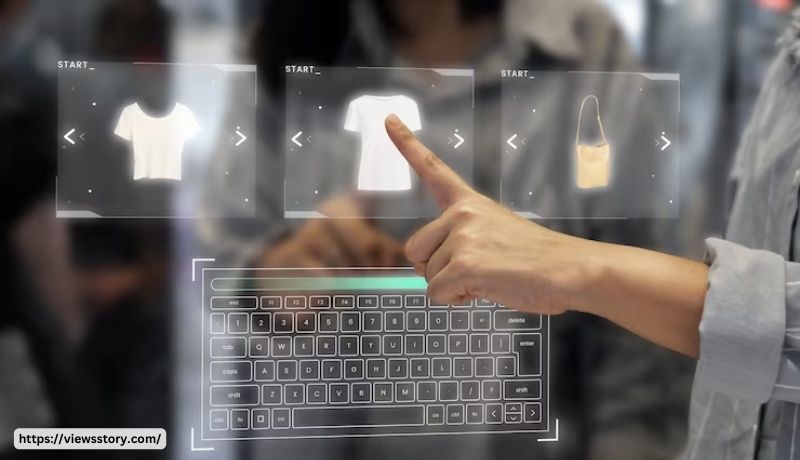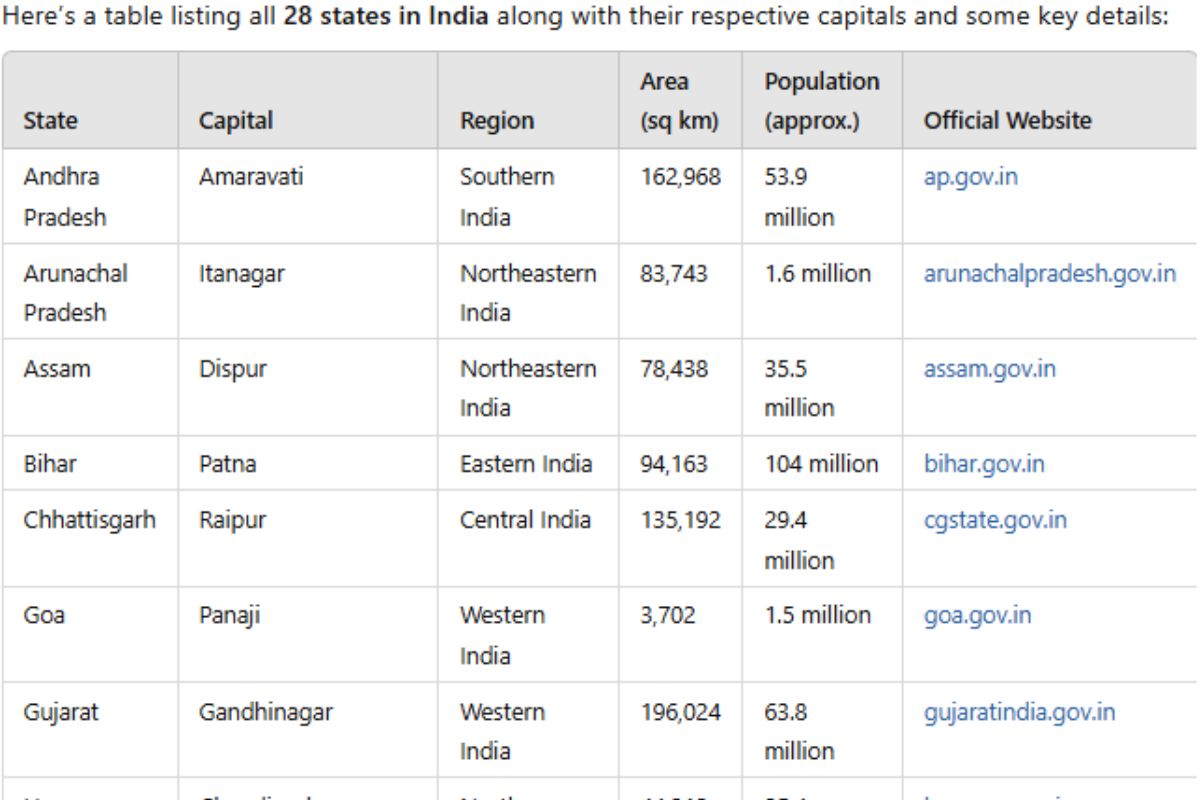
The world of e-commerce is constantly evolving, and it’s important to keep up with the latest trends and innovations in this dynamic industry. In this blog, we will take a closer look at the future of e-commerce, examining the latest developments, emerging technologies, and the potential impact on businesses and consumers.
1. The Rise of Mobile Shopping
As smartphones become an integral part of our daily lives, mobile shopping is on the rise. E-commerce companies are investing heavily in optimizing their websites and apps for mobile devices. This trend is likely to continue, making it easier and more convenient for consumers to shop on the go.
2. Artificial Intelligence (AI) and Personalization
AI is playing a significant role in the e-commerce industry. Retailers are using AI to analyze customer data and provide personalized shopping experiences. From product recommendations to chatbots that assist with customer queries, AI is enhancing the overall shopping experience.
3. Augmented Reality (AR) and Virtual Reality (VR)
Imagine being able to try on clothes virtually or see how a piece of furniture would look in your living room before making a purchase. AR and VR technologies are making this possible. In the future, these technologies will likely become more prevalent in e-commerce, improving the customer’s confidence in their buying decisions.
4. Sustainability and Ethical Shopping
Consumers are becoming more conscious of their environmental and ethical impact when shopping. E-commerce companies are responding by offering sustainable and eco-friendly products. Ethical sourcing and transparent supply chains are becoming more critical for consumers, and e-commerce brands are adapting to meet these demands.
5. Faster and More Efficient Delivery Options
E-commerce giants like Amazon are leading the way with rapid delivery options like Prime and drone delivery. In the future, we can expect even faster and more efficient delivery methods to become the norm. This will enhance the convenience of online shopping and further blur the line between traditional and e-commerce retail.

6. Voice Commerce
Voice-activated devices like Amazon’s Alexa and Google Assistant are becoming increasingly integrated with e-commerce. Consumers can now make purchases using only their voice. As these technologies become more refined, voice commerce is set to grow, making shopping even more accessible.
7. Online Marketplaces and D2C Brands
Online marketplaces like Amazon and eBay will continue to dominate the e-commerce landscape. However, the rise of direct-to-consumer (D2C) brands is challenging the status quo. These brands sell directly to consumers, cutting out the middleman, and providing unique, high-quality products.
8. Enhanced Security and Privacy
As more shopping and financial transactions happen online, security and privacy concerns are growing. E-commerce companies are continually investing in advanced security measures to protect customer data. In the future, expect even more robust security features to ensure safe online shopping.
9. Social Commerce
Social media platforms are increasingly incorporating e-commerce features, allowing users to shop directly through apps like Instagram and Facebook. This trend is likely to continue, with social commerce becoming more integrated and seamless.
10. Global Expansion
E-commerce has already made the world a smaller place, enabling businesses to reach a global audience. In the future, more companies will expand their reach, and cross-border e-commerce will become more common, offering consumers access to products from around the world.
Also Read : Integrated Communication in Marketing
Conclusion
The future of e-commerce holds exciting possibilities. From mobile shopping to emerging technologies like AR and VR, the industry is evolving rapidly to meet the changing needs and expectations of consumers. As a shopper, staying informed about these trends will help you make the most of your online buying experiences. For businesses, adapting to these changes and adopting new technologies will be crucial to thrive in the ever-evolving e-commerce landscape. Stay tuned and get ready for a future filled with innovative shopping experiences!
FAQ
Certainly! Here’s a list of frequently asked questions (FAQs) about the future of e-commerce:
1. What is the future of e-commerce?
The future of e-commerce involves continued growth, with increasing use of mobile shopping, AI-driven personalization, AR and VR technologies, and a focus on sustainability and ethical shopping.
2. How is mobile shopping going to impact e-commerce in the future?
Mobile shopping is expected to play a significant role in the future of e-commerce. With more people using smartphones, businesses are optimizing their websites and apps for mobile users, making shopping more convenient and accessible on the go.
3. How is AI influencing e-commerce’s future?
AI is used for various purposes in e-commerce, including personalized product recommendations, chatbots for customer service, and data analysis. It enhances the overall shopping experience by tailoring it to individual preferences.
4. What role will AR and VR play in the e-commerce industry’s future?
AR and VR technologies will enable virtual product try-ons, enhanced shopping experiences, and even showroom-like experiences, making it easier for consumers to visualize products before purchasing.
5. Are sustainability and ethical shopping practices becoming more important in e-commerce?
Yes, consumers are increasingly concerned about sustainability and ethics when shopping. E-commerce businesses are responding by offering eco-friendly products and transparent supply chains.
6. What are the trends in delivery options for e-commerce in the future?
E-commerce companies are continuously working on faster and more efficient delivery methods. Expect innovations like drone deliveries and faster shipping options to become more prevalent.
7. How is voice commerce shaping the future of e-commerce?
Voice commerce, where consumers make purchases using voice-activated devices like Amazon’s Alexa, is growing. As these technologies advance, voice commerce will become more common.
8. What are D2C brands, and how do they fit into the e-commerce landscape?
Direct-to-consumer (D2C) brands sell their products directly to consumers, bypassing traditional retail channels. They are gaining popularity for offering unique, high-quality products and personalized shopping experiences.
9. How are e-commerce companies improving security and privacy in the future?
As online transactions increase, e-commerce companies are investing in advanced security measures to protect customer data. Enhanced security and privacy features will be implemented to ensure safe shopping.
10. What is social commerce, and how will it evolve in the future?
Social commerce is the integration of e-commerce features into social media platforms, enabling users to shop directly through apps like Instagram and Facebook. It’s expected to become more seamless and integrated in the future.
11. Will cross-border e-commerce become more common in the future?
Yes, with globalization and increased access to international markets, cross-border e-commerce is likely to become more prevalent, giving consumers access to products from around the world.
12. How can businesses prepare for the future of e-commerce?
Businesses can prepare for the future of e-commerce by adopting emerging technologies, focusing on sustainability, improving customer service, and staying updated with industry trends and consumer preferences.
13. What can consumers do to make the most of e-commerce in the future?
Consumers can make the most of e-commerce by staying informed about new technologies and trends, practicing safe online shopping habits, and supporting ethical and sustainable businesses when making purchasing decisions.





